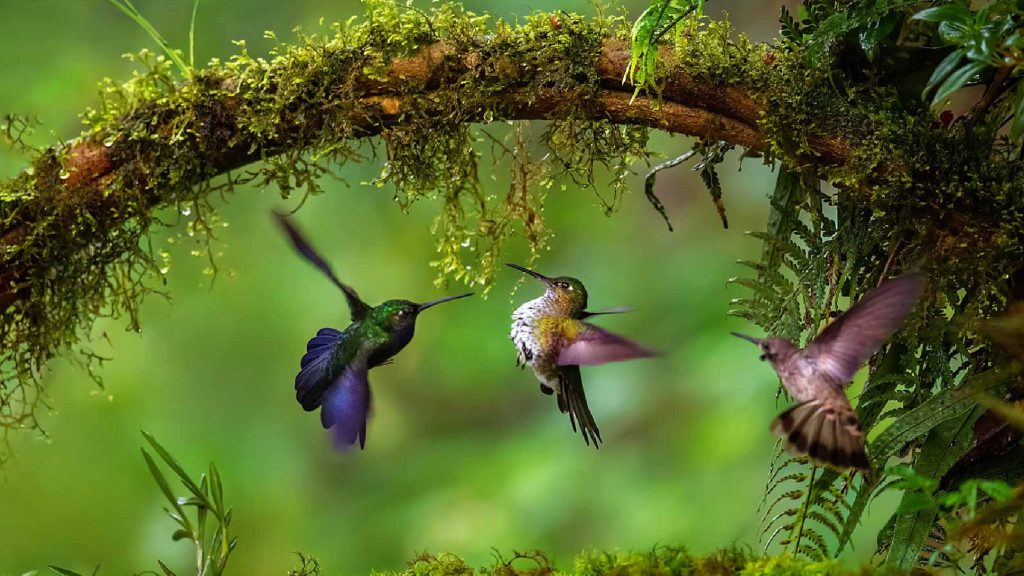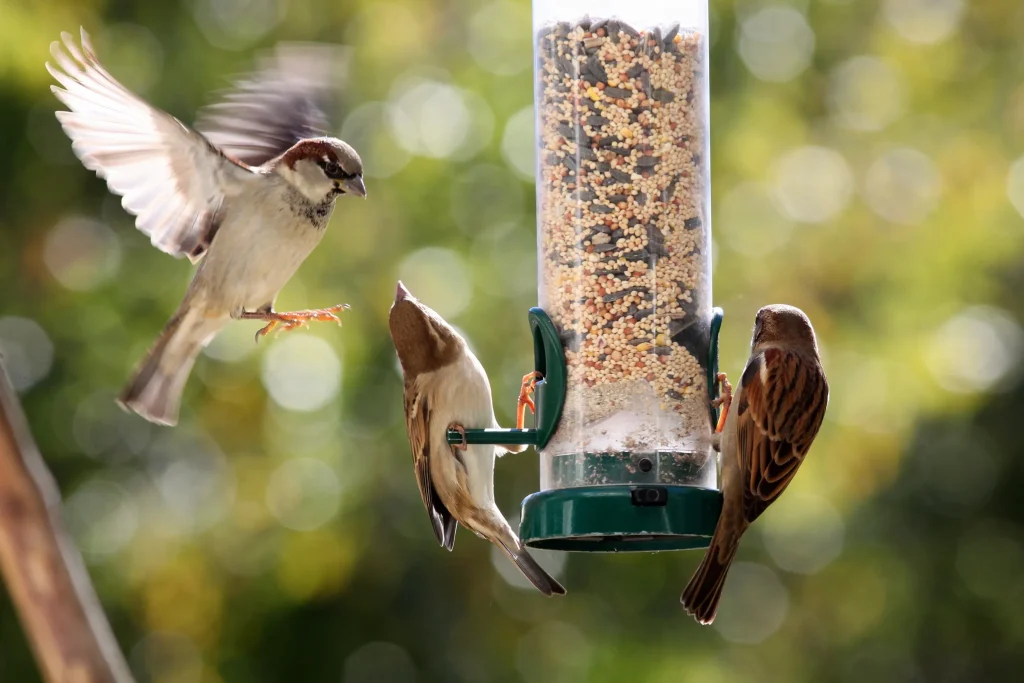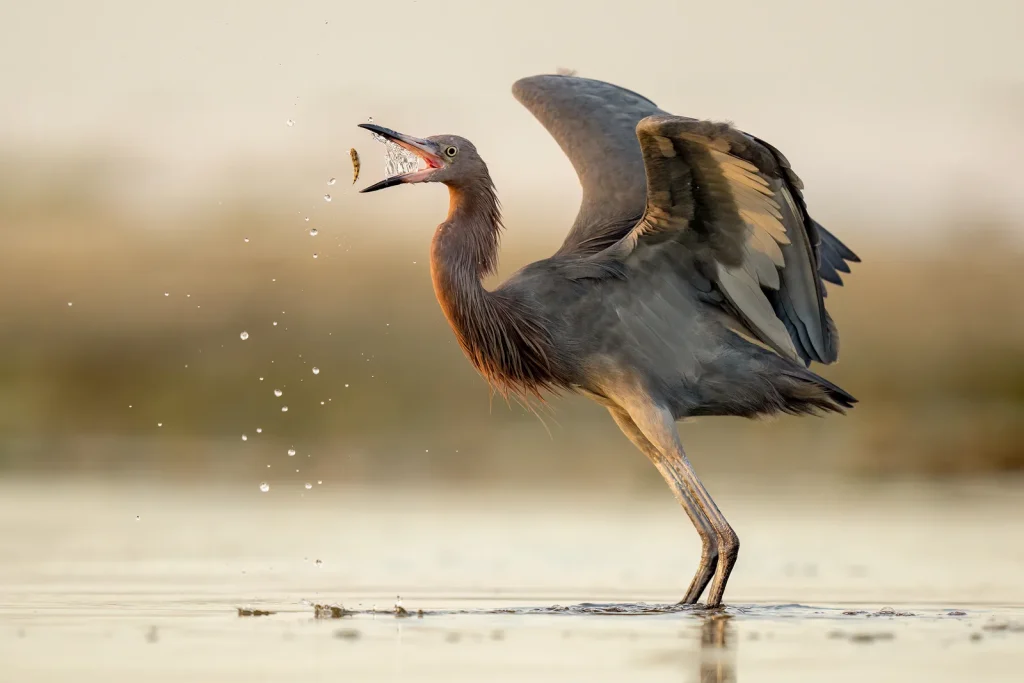Imagine standing high above a waterfall, where the rush of water looks like a silver ribbon weaving through the landscape below. You can see the full picture—the way the water crashes, the mist rising, and the lush greenery surrounding it.
This bird’s eye view offers a unique perspective that changes how you experience nature’s power and beauty. If you want to discover what makes waterfalls so mesmerizing from above and why this view can transform your connection with the wild, keep reading.
Your next adventure starts here.

Credit: www.freepik.com
Waterfall Types And Features
Waterfalls come in many shapes and sizes. They are formed by flowing water dropping over a cliff or steep area.
Each type of waterfall has unique features. These depend on how water moves and the rock below it.
Plunge
Plunge waterfalls drop straight down. Water loses contact with the rock surface. It falls freely into a pool below.
This type often forms where hard rock lies over softer rock. The softer rock erodes faster, creating a sharp drop.
Horsetail
Horsetail waterfalls keep some contact with the rocks. Water flows down the slope, touching rock all along the way.
- Water stays in contact with the cliff
- Flow is smooth and continuous
- Rocks guide the water’s path downward
This shape often forms where the rock slope is less steep.
Tiered Falls
Tiered waterfalls have multiple drops or steps. Water falls in stages, resting briefly on rock ledges.
| Tier | Height | Water Flow |
| First | 10 meters | Strong |
| Second | 7 meters | Moderate |
| Third | 5 meters | Light |
Role Of Rock Formations
Rock types shape waterfalls. Hard rocks resist erosion and form cliffs. Soft rocks wear away faster.
Key rock roles:
- Hard rock creates steep drops
- Soft rock forms pools and slopes
- Layering affects water flow direction
Seasonal Changes Impact
Waterfall flow changes with seasons. Rain and snow increase flow in wet seasons. Flow drops in dry seasons.
- High flow can erode rock faster
- Low flow may expose more rock
- Seasonal changes affect plants around falls
Aerial Perspectives On Waterfalls
Viewing waterfalls from above reveals stunning views. Aerial shots show their full beauty.
Drones capture waterfalls from unique angles. This helps us see patterns and the size of falls.
Drone Photography Techniques
Use steady drone flight to avoid blurry images. Fly at different heights for varied views.
- Plan your flight path before shooting.
- Adjust camera settings for bright water reflections.
- Fly during soft light times like early morning or late afternoon.
- Keep the drone stable to capture sharp images.
Unique Patterns From Above
From the sky, waterfalls show shapes and patterns not visible from the ground. Water flows create art.
Patterns to look for:
- Curving streams
- Water spray shapes
- Rock formations around falls
- Contrast between water and land
Capturing Scale And Surroundings
Showing the size of waterfalls helps viewers feel their power. Include trees and rocks for scale.
| Element | Purpose |
| Trees | Show height and size |
| Rocks | Give texture and context |
| Water flow width | Indicate strength of the falls |
| Nearby landscape | Place waterfall in environment |
Ecological Importance Of Waterfalls
Waterfalls play a big role in nature. They help keep ecosystems healthy and support many living things.
These natural features shape the land and create special environments for plants and animals.
Habitats Created By Mist Zones
The mist from waterfalls creates damp areas around them. These zones are perfect for many plants and animals.
Mosses, ferns, and small insects thrive in these moist habitats. They would not survive in dry places.
- Mist keeps the air cool and wet
- Plants grow well in the moist soil
- Animals find shelter and food
Waterfalls And Biodiversity
Waterfalls support many types of life. The fast water and rocky areas create homes for fish and insects.
Birds and mammals visit waterfalls for food and water. This adds to the variety of species in the area.
- Fish live in pools below waterfalls
- Birds nest on cliffs near waterfalls
- Amphibians enjoy wet surroundings
Influence On Local Climate
Waterfalls cool the air nearby. The falling water adds moisture to the environment.
This cooler, wetter air affects plants and animals around the waterfall. It can change weather patterns locally.
- Air temperature drops near waterfalls
- Humidity levels rise in the area
- Local plants adapt to cooler, moist air

Credit: www.freepik.com
Famous Waterfalls With Iconic Views
Waterfalls are natural wonders that attract visitors worldwide. Their views from above offer unique and stunning sights.
We will explore three famous waterfalls known for their breathtaking aerial views and natural beauty.
Niagara Falls And Its Power
Niagara Falls is one of the most powerful waterfalls in the world. Its water flows with great force over the edge.
From above, the falls look like a giant curtain of water. The mist rises high, showing the strength of the falls.
- Located on the border of the USA and Canada
- Composed of three separate falls: Horseshoe, American, and Bridal Veil
- Produces hydroelectric power for nearby cities
Iguazu Falls’ Expansive Beauty
Iguazu Falls is a vast collection of waterfalls stretching across a large area. The view from above shows many water drops.
The falls are surrounded by lush forest. Birds fly near the mist, creating a scene full of life and color.
- Located on the border of Argentina and Brazil
- Made up of about 275 individual falls
- Part of a protected national park
Angel Falls: World’s Tallest Drop
Angel Falls is the tallest waterfall on Earth. Its water drops straight down from a high cliff.
The aerial view shows a thin ribbon of water falling into the jungle below. It looks like a silver thread in green surroundings.
- Located in Venezuela’s Canaima National Park
- Height is 979 meters (3,212 feet)
- Named after pilot Jimmy Angel
Safety And Conservation
Waterfalls offer amazing views but can be dangerous. Visitors must stay safe while protecting nature.
Conservation helps keep waterfalls clean and preserves them for future visitors. Everyone plays a part.
Protecting Fragile Ecosystems
Waterfall areas have delicate plants and animals. Walking off trails can harm these fragile ecosystems.
Keep to marked paths and avoid picking plants. This protects the habitat and helps wildlife thrive.
- Stay on designated trails
- Do not remove plants or rocks
- Keep noise levels low to avoid disturbing animals
- Carry out all trash and waste
Responsible Tourism Practices
Tourists must respect nature and local rules. This keeps waterfalls safe and beautiful for everyone.
Visitors should use facilities properly and avoid littering. Responsible tourism reduces damage to the site.
- Follow all posted signs and guidelines
- Use restrooms and trash bins
- Avoid loud noises and disruptive behavior
- Support local conservation efforts if possible
Preserving Waterfall Landscapes
Waterfalls change naturally but human activity can speed damage. Protecting landscapes keeps them healthy.
Limit activities like climbing rocks or swimming near falls. These can cause erosion and harm water quality.
- Avoid climbing on wet rocks
- Do not swim in unsafe areas
- Respect barriers and fences
- Report any pollution or damage to authorities

Credit: www.freepik.com
Frequently Asked Questions
What Is A Bird’s Eye View Of A Waterfall?
A bird’s eye view shows the waterfall from above. It reveals the shape, flow, and surrounding landscape. This perspective helps appreciate the waterfall’s size and beauty uniquely.
How Can I Capture A Bird’s Eye View Photo?
Use drones or high vantage points like cliffs or helicopters. Ensure stable conditions and good lighting. This technique highlights the waterfall’s details and its environment effectively.
Why Is A Bird’s Eye View Important For Waterfalls?
It provides a unique perspective that ground views lack. This view shows water patterns and landscape context. It enhances understanding and appreciation of the waterfall’s natural beauty.
What Details Are Visible From A Bird’s Eye Waterfall View?
You can see water flow paths, rock formations, and vegetation. This view also shows the waterfall’s height and width clearly. It offers a complete visual of the waterfall’s surroundings.
Conclusion
Exploring waterfalls from above offers a unique perspective. The view captivates and inspires. Every cascading drop tells a story. Nature’s beauty, untouched and pure, fascinates endlessly. Observing from a height, one feels connected to nature. It’s a reminder of the world’s wonders.
A bird’s-eye view provides serenity and peace. Perfect for nature lovers and adventure seekers. Embrace the thrill of discovery. Waterfalls teach us the power of nature. They evoke awe and reflection. Next time, find a waterfall to explore. Experience its beauty from above.
Let nature’s magic unfold before your eyes.





